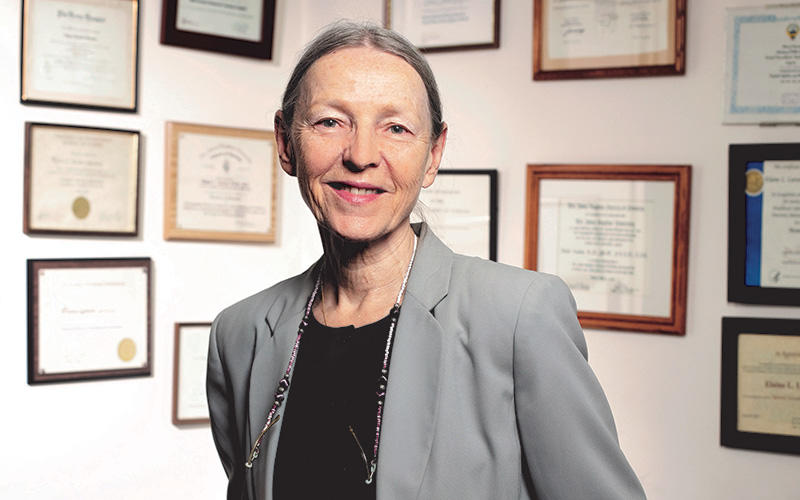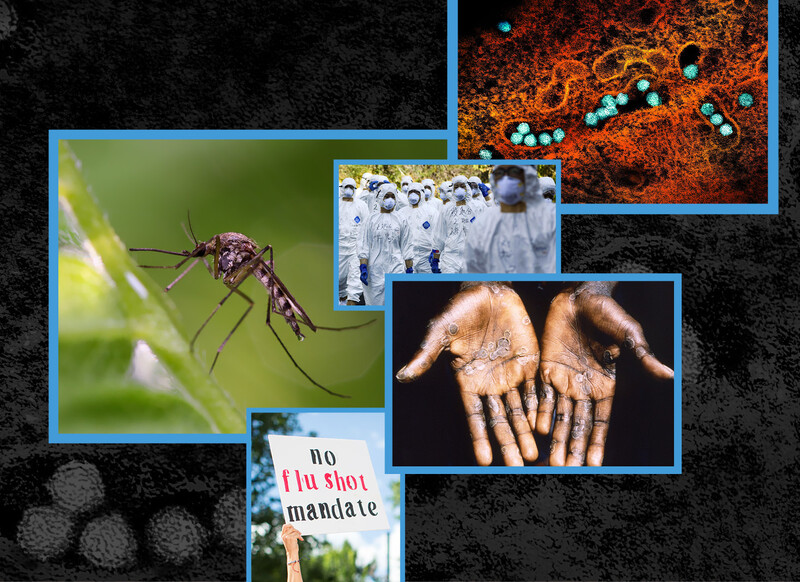Meet the Expert Who Has Studied Handwashing for More than 40 Years
When Elaine Larson wrote her dissertation on handwashing in 1980, she never expected that, forty years later, she would still be preaching the gospel of soap and water. Larson, a professor emerita at Columbia’s School of Nursing, is an infection-control expert and one of the world’s top authorities on hand hygiene. She has published four books and more than four hundred articles on the subjects of infection prevention and control, disease epidemiology, and related issues; she has studied the effectiveness of hand sanitizers, and the perils of antibiotic resistance; she is intimately acquainted with the types of microbial flora that lurk on the hands of health care personnel; and she is a tireless booster of the message that clean hands save lives. “Handwashing is one of the most basic and effective public-health practices,” she says. “The problem is we got into the habit of doing it a certain way, and that way is unconscious and often incorrect.”
Conscious handwashing, Larson explains, entails more than just slapping soap on our palms and rubbing them back and forth. “If you do it that way, you miss a lot of key surfaces. It’s important to wash the fingertips, between the fingers, the nail beds and the backs of our hands.” This is quality handwashing, and it matters just as much as quantity. Count to twenty seconds, sing the “Happy Birthday” song twice — heck, blow through a whole aria — but it will all be for naught if you’re not washing every surface of your hand.
Larson thinks that COVID-19 will have a lasting impact on hand-hygiene practices, which, quite frankly, could do with some improvement. “The American Society for Microbiology conducted studies some years ago and found that around 50 to 60 percent of people don’t wash their hands after using the bathroom,” she says. A significant percentage also skip handwashing before food preparation, after touching pets, or when they’ve been in crowded spaces. But behavior is changing. Larson notes the increased use (and current shortage) of hand sanitizers, an effective means to kill germs when there’s no immediate access to soap and water. Before social distancing became de rigueur she saw more people greeting each other with elbow bumps and fist bumps, “something I’ve been advocating for a long time.” She is happy to learn that an emoji for handwashing is now trending on social media.
Gender is a factor in health hygiene, with women 50 percent more likely to wash their hands than men. “Women are the ones who are generally responsible for food preparation and raising kids, tasks that are more associated with handwashing,” Larson explains. She hopes that as men come to take on more of these roles, their hand hygiene and health will improve.
Since COVID-19 is a global pandemic, handwashing in developing nations is a growing concern. Some 40 percent of the world’s population does not have access to soap and clean water. Larson remembers a visit to Africa where she saw people “wash” their hands with sand. Cleaning with friction, she says, is better than not cleaning at all.
As new viruses continue to emerge — and they will emerge — handwashing remains one of the most cost-effective ways to prevent their transmission, reducing the spread of respiratory infections by around 25 percent. Yes, scientists are busy trying to develop effective vaccines, but until they do, Larson says, we all have a role to play. We should stock up on soap and spend more time at the sink. Singing the birthday song is optional.
Kate Winslet, star of the 2011 film Contagion, talks about the importance of washing our hands in a PSA from Columbia Public Health
This article appears in the Spring/Summer 2020 print edition of Columbia Magazine as part of the cover story, "What We Have Learned From the Pandemic (So Far)."



